You want a cheap air cooler with compact dimensions and high performance? You are not alone, such a product is the Holy Grail of coolers! Well, I might found it for you. The DeepCool AK400 has a minimal footprint, it costs below 35 dollars and offers good performance!
DeepCool enrolls in several major IT sections, including chassis, PSUs, and coolers. I have seen many “crazy” chassis from this brand in the past and some innovative coolers costing a bomb. The problem with expensive products is that few people can buy them, making affordable ones more popular. In today’s review, I will take a detailed look at the DeepCool AK400 air cooler, which at the time of the review had a price of just $33.6. There aren’t many coolers worth buying to replace the stock ones in this price range, so things get interesting.
Cybenetics Cooler Database
The bundle includes the necessary to install the cooler on all popular Intel and AMD sockets. Moreover, although the photo above only shows two fan clips, four are provided to mount a second fan if you want higher performance.
The orange standoffs are for AMD sockets.
- Brand: DeepCool
- Model: AK400
- TDP: 220W
- Heatpipes: Ø6 mm×4 pcs
- Heatpipes Material: Copper (Nickel Plating)
- Fins Material: Aluminum
- Socket Compatibility AMD: AM5 / AM4
- Socket Compatibility Intel: 1700 / 1200 / 1150 / 1151 / 1155
- Dimensions (H x W x D): 277 x 120 x 27mm
- Weight: 661 gr
- Fan Model: FC120P (DF1202512CM)
- Fan Dimensions: 120 x 120 x 25mm
- Fan Bearing Type: Fluid Dynamic
- Fan Max Speed: 1850 RPM
- Fan Max Airflow: 66.47 CFM
- Fan Air Pressure: 2.04 mmAq
- Fan Max Noise: ≤29 dB(A)
- Fan Connector: 4-pin PWM
- Warranty: 3 years
- Retail price: $33.6
A Look At The Product
The AK400 has compact dimensions so that you won’t have any RAM or GPU clearance problems.
The cooler has 54 fins. As you can see in the photo above, some sections are lower than the rest. This design aims to allow the fan to increase its static pressure in specific areas to effectively remove the heat from the heatpipes, thus expanding the cooler’s performance.
The cooling fan covers the entire fin array of the small cooler. You can install a second one on the other side to increase airflow and performance.
The four heatpipes come in direct contact with the CPU’s heatspreader. This design allows for higher performance and is highly effective in small-sized coolers. The only problem is that you must apply more thermal compound since the base is not perfectly flat. It would be best if you also were extra-careful not to damage the heatpipes; else, there is no way to fix them. Note that the cooler comes with pre-applied thermal paste, which I removed because I use the same for all my cooler evaluations to have the same reference.
The cooling fan uses a fluid dynamic bearing which, according to DeepCool, will last for 50,000 hours. There is no mention of the operating temperature, so I can safely assume that it is at 25 °C, or else they would state it. The fan is PWM controlled, so you can easily adjust its speed and keep it running at low speeds if you need to to have the lowest possible noise output.
Installation
I used an AMD mainboard to try out the AK400 installation. The process is easy.
In AMD mainboards, you don’t have to remove the backplate; you use the stock one, while in Intel ones, you exchange the stock backplate with the provided one. The problem is that if you already have the mainboard installed on the system, you must keep the stock backplate in place while removing the screws.
After you remove the AMD stock brackets, you have to install the orange standoffs.
You install the top plate on top, and you tighten the screws.
The next step is to deal with the spring-loaded screws on the cooler’s bracket. To do so, you need to have the fan removed.
The final step is to install the fan. Beware, the fan has to be installed on the fin side where the area is not flat but has these lower and upper points. You attach the fan’s header to a 4-pin header on the mainboard, and you are ready to go!
The AK400 on my AMD system.
RAM clearance is excellent!
Two more photos showing the mounting of the cooler on the AMD socket.
Testing Methodology
I use a fully automated, custom-made CPU cooler testing station that can apply any load from 1W to 500W. At the same time, the fan speed can change automatically, so many test scenarios can be applied without supervising the whole procedure, which can last for several hours. Using a simulated load has several advantages, the most important being that you don’t have to rely on a specific CPU, which will eventually become outdated.
On top of that, no CPU can apply precisely the same load level for a prolonged period. There are always power spikes and drops, which affect, of course, the final result. Using an electronic loader, you can apply precisely the thermal load you want, and besides being more accurate, the whole testing procedure is more straightforward. Finally, I only consider the delta differences between the cooler’s block and the ambient temperature in my lab, where the test system is installed.
Watch the following video to learn more about my load testing tool, Jalapeno.
Noise Output – Fan Speed Percentage and RPM
At full speed, the fan goes a little above 30 dBA. This is not high for a single fan air cooler.
Fan Speed – Comparison Charts
The FC120P is among the fastest in the coolers I used for comparison purposes. This makes sense since what you lose in dimensions, you have to gain in airflow to provide good enough performance.
Noise Output – Comparison Charts
The output noise is low, despite the higher than average speeds that the fan achieves.
Thermal Performance – 200/400/500W Load
With the highest load that Jalapeno applied, I had to push the fan at full speed, or else temperatures would go through the roof.
Thermal Performance – Full Fan Speed Comparison Delta
The performance that the AK400 achieves is extraordinary, given its compact dimensions! In the worst-case scenario, it is only 2.8 °C away from the Freezer 50 behemoth and more than 10 °C better than the Shadow Rock 3 in the 500W load test.
Thermal Performance – Normalized Noise Output
With equal noise output from all coolers, the AK400 registers excellent results!
Time to Steady State
The max noise output of the AK400 is much below 35 dBA. That said, the cooler reaches a steady state soon.
Relative Performance – Full Fan Speed [Jalapeno]
The AK400 achieves a decent position in a graph containing coolers with larger dimensions and stronger fans at full fan speed. Only the Noctua NH-U9S is smaller than the AK400.
Relative Performance @ 30/25/20 dBA [Jalapeno]
Please don’t ask me how and why, but the AK400 manages to beat the Freezer 50 in noise normalized tests. Having strong fans is an advantage for some coolers, so I have to run the normalized noise tests to get a clear picture. Because it is not the same to have a cooler outputting 40 dBA of noise, with one maxed at 30 dBA.
Performance per dBA – Full Fan Speed [Jalapeno]
In the performance per dBA chart, the AK400 shows its worth! This cooler doesn’t stop amazing me!
Performance per Dollar – Full Fan Speed [Jalapeno]
The AK400 achieves an easy win in all performance per dollar charts thanks to the high performance and the budget price.
Epilogue
DeepCool has done amazing work in the cooling section lately. After the high-end AK620, which manages to see the formidable Noctua NH-15S eye-to-eye, the same brand released a budget-friendly cooler, the AK400, which proved to be a wolf in sheep’s clothing. Don’t let its compact dimensions and the single fan fool you. This cooler has an actual 220W thermal design rating, meaning it can handle power-hungry CPUs even under overclocked conditions. Moreover, noise output is low, so you won’t need earplugs to get the best out of it. Should you need more, you can always mount a second fan using the second set of provided clips, and even if that isn’t enough for you, there is always the AK620.
With products like the DeepCool AK400, I realize that I need Editor’s Choice and Great Value badges, the sooner, the possible! Once I have them made, I owe a couple to the AK400. The only thing that can keep you away from an AK400 is if you crave ARGB lighting. Still, you can get this highly affordable cooler and buy an extra ARGB fan, replacing the stock one.
Expect a video soon of this product on our YouTube Channel, Hardware Busters International.
Buy it here- Excellent memory and GPU clearance
- High performance
- Silent operation
- Low price
- Compact dimensions
- Low weight
- Good build quality
- FDB fan with PWM control
- Not difficult installation
- 3-year warranty
- The mounting procedure can be further improved
- No ARGB lighting
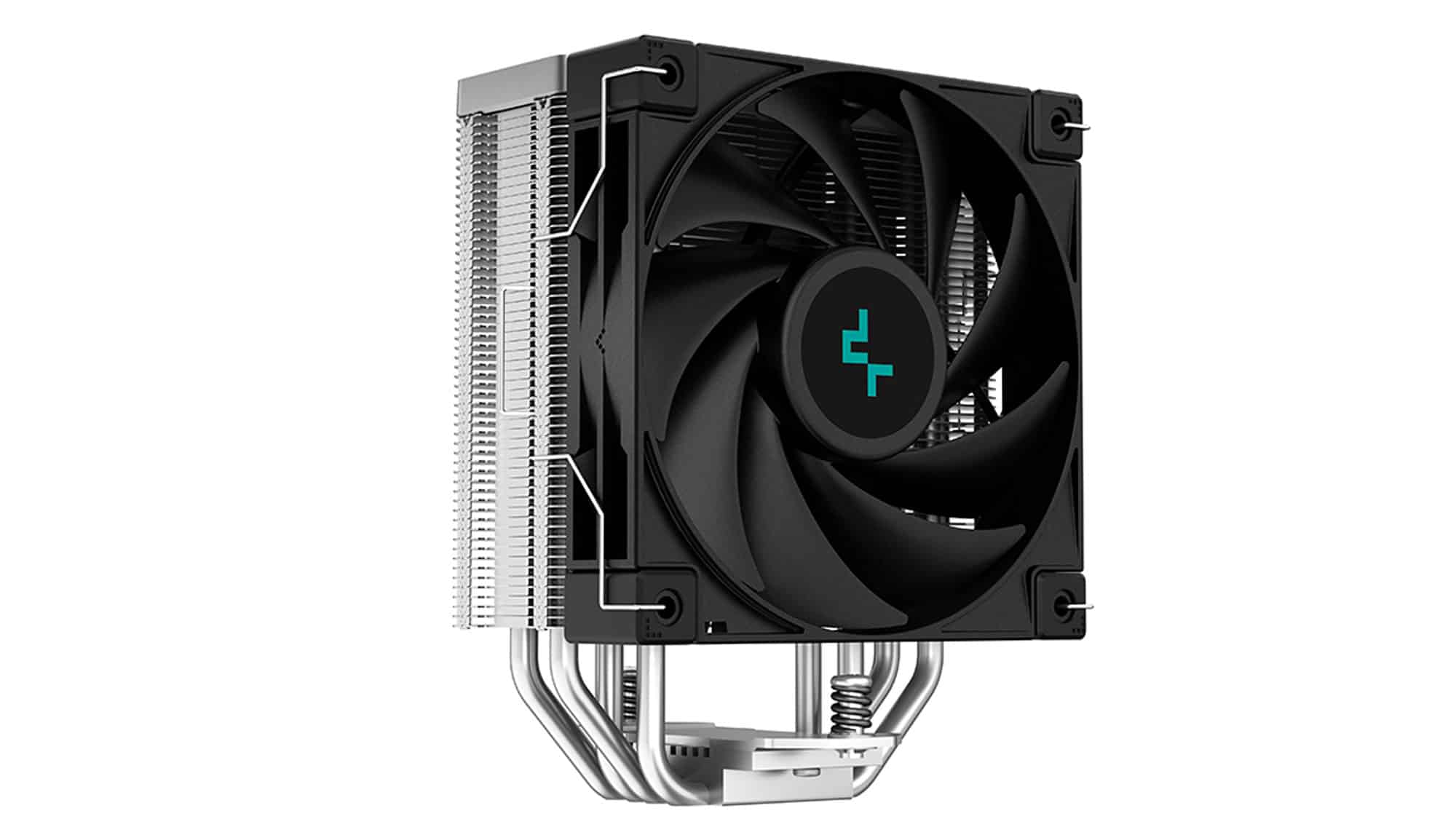
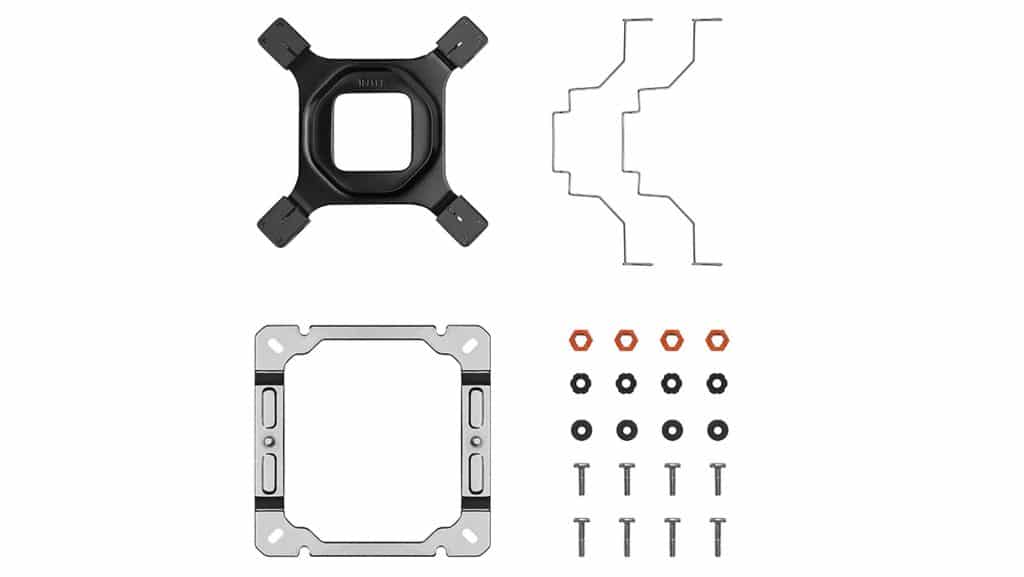
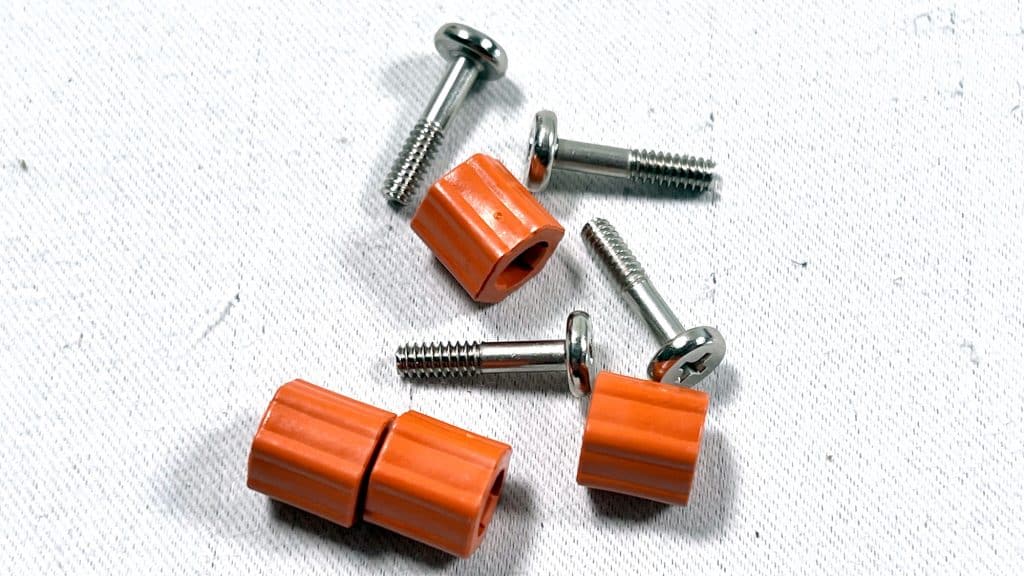
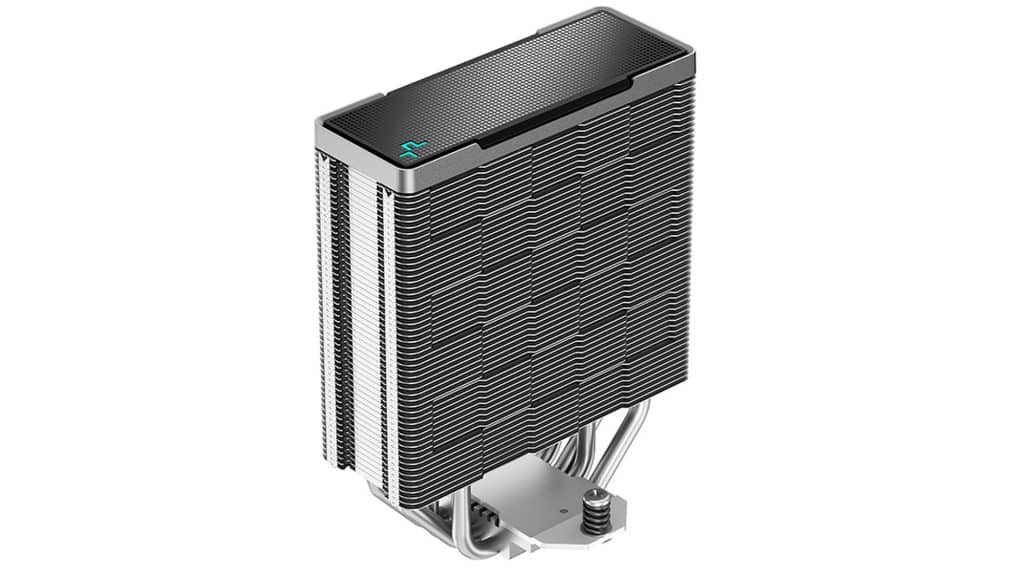
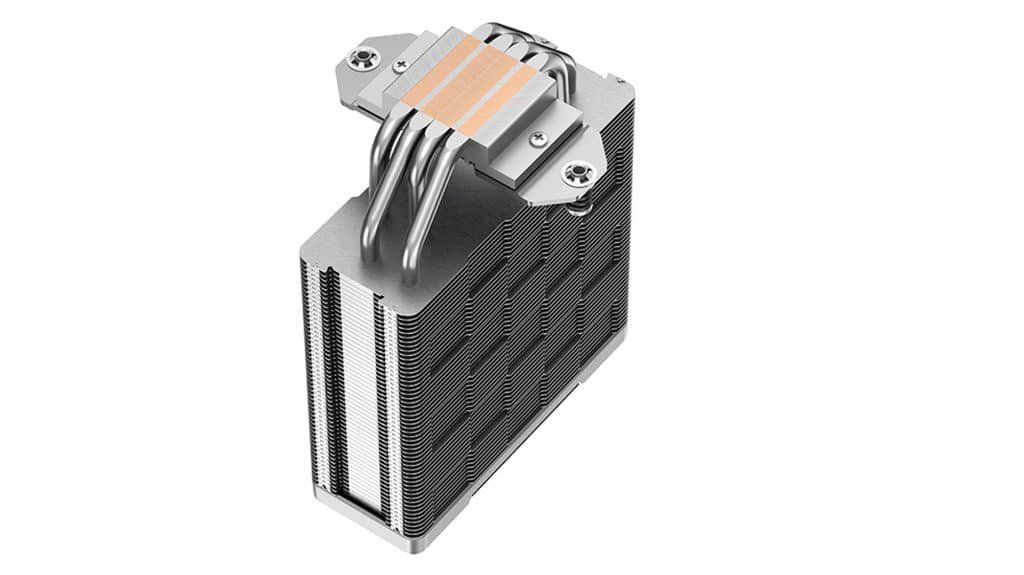

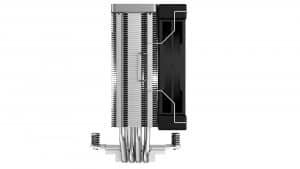
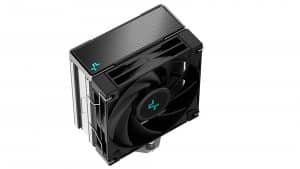
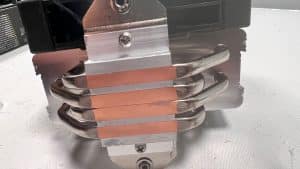
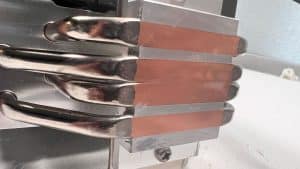
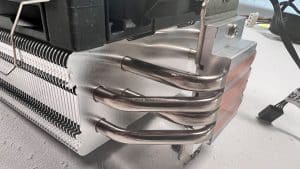
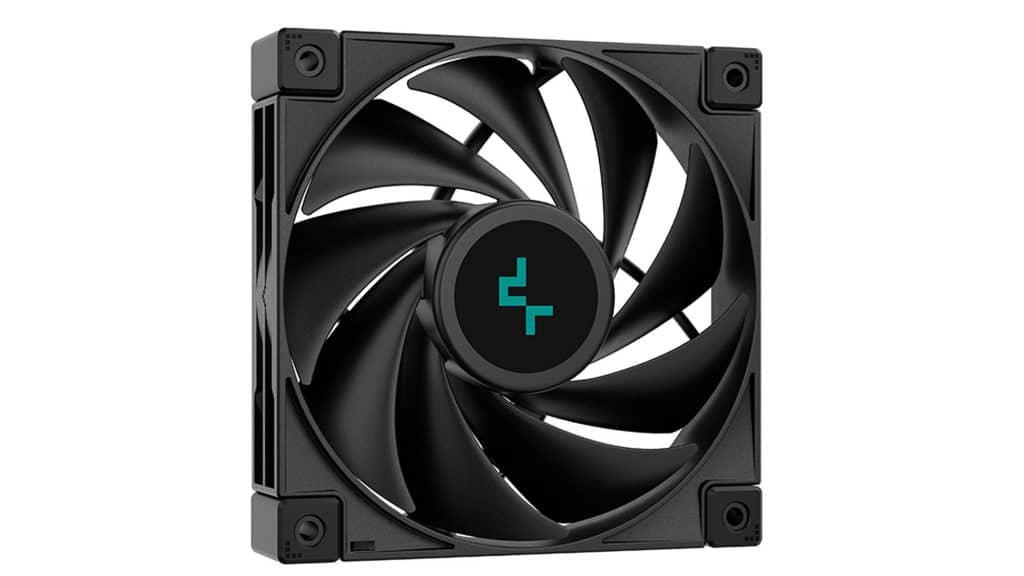
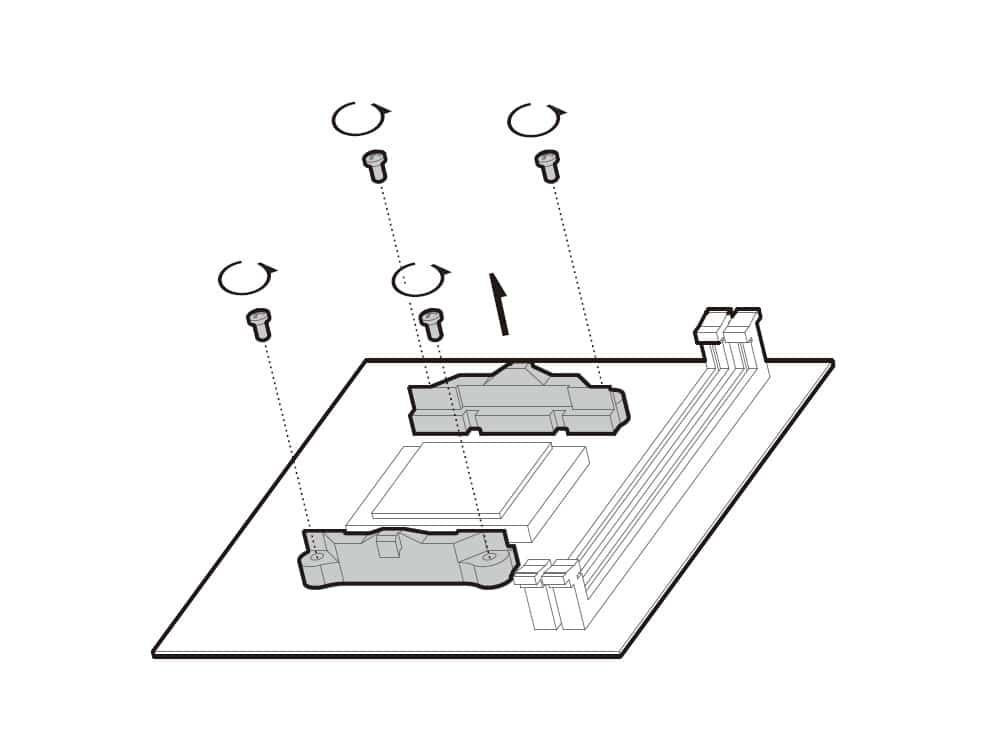
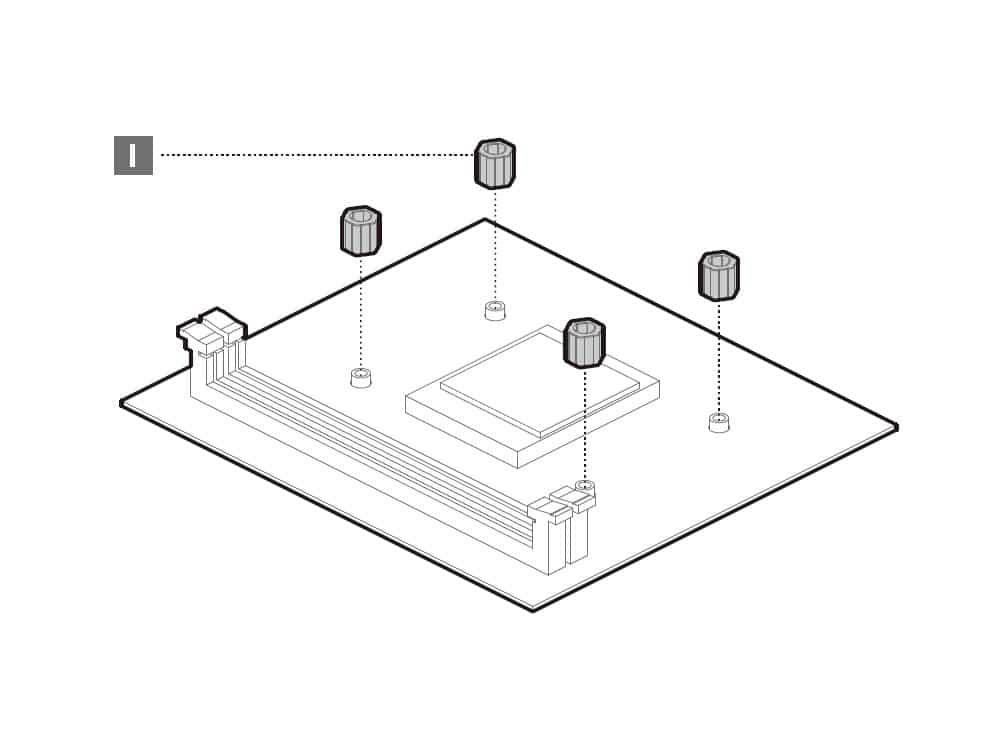
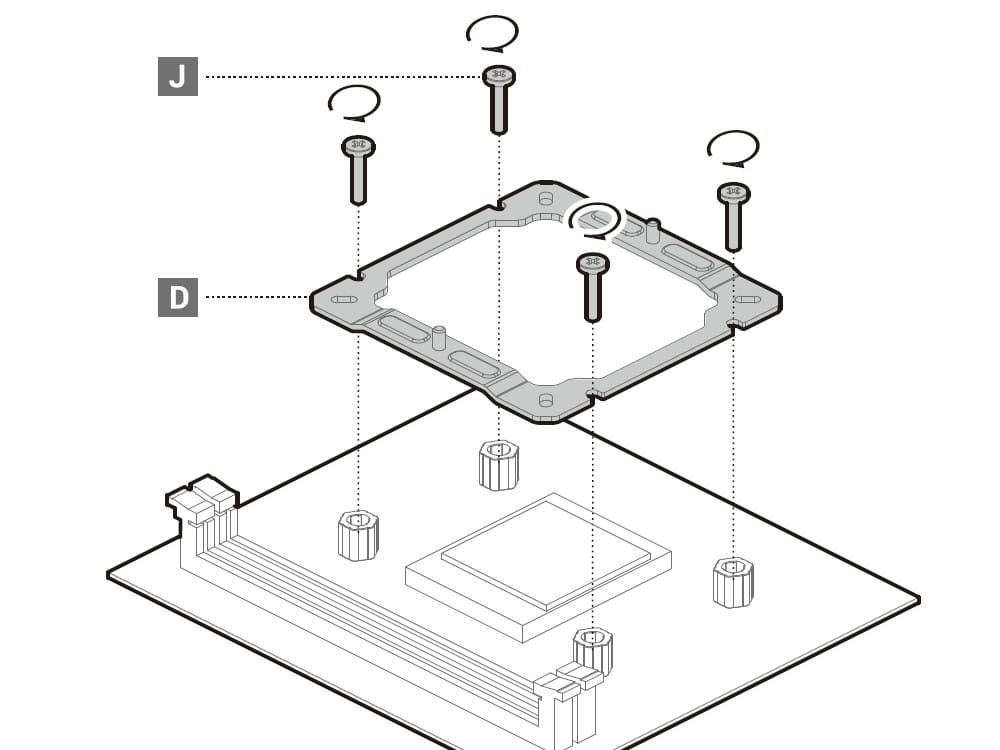
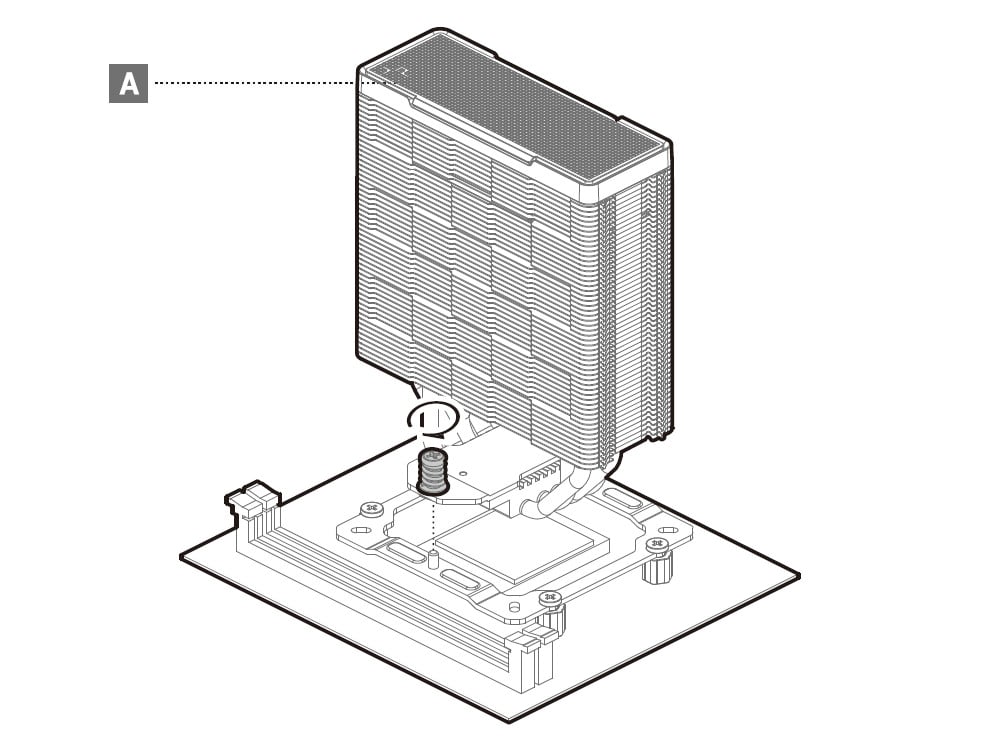
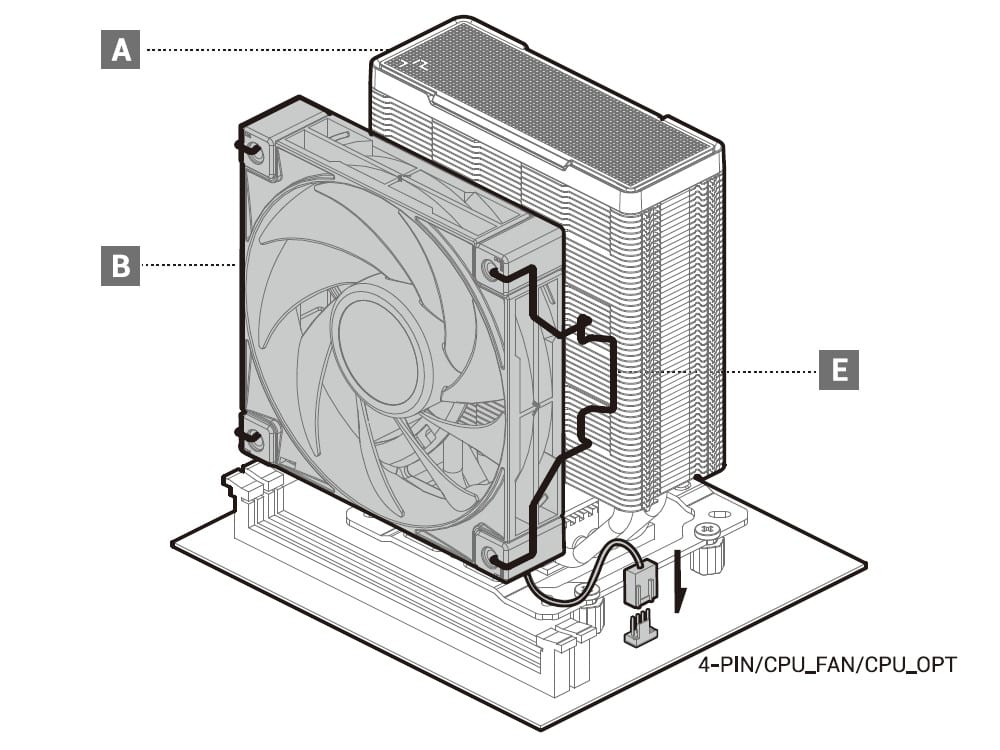
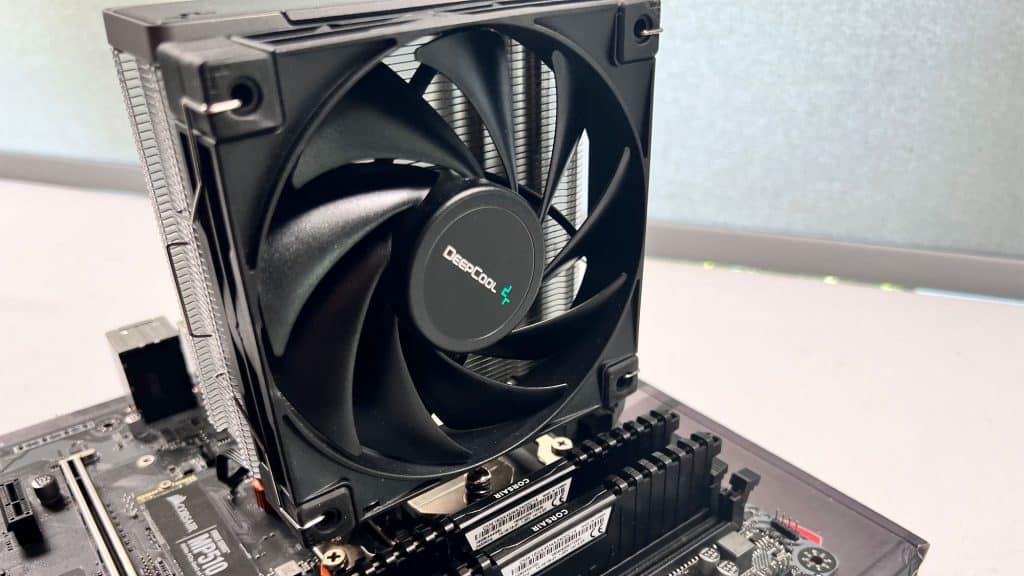
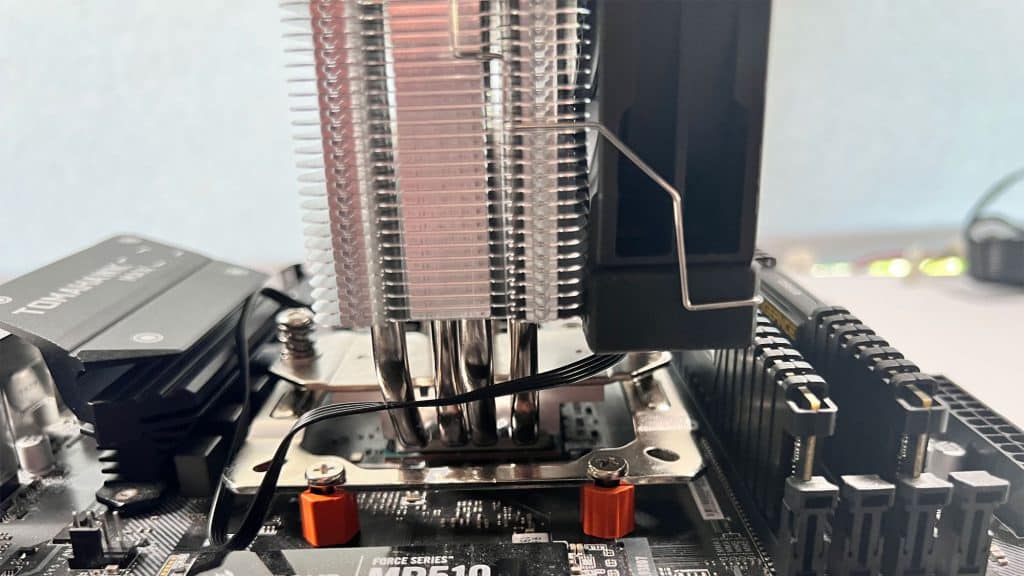
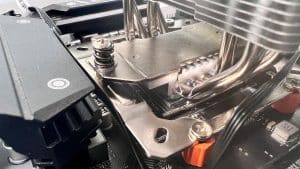

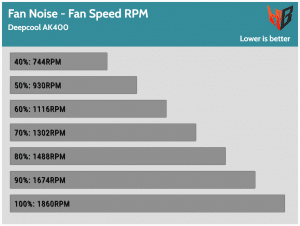

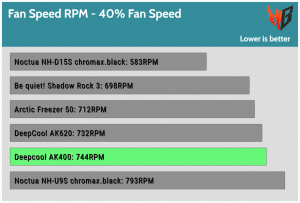
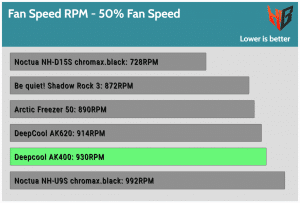
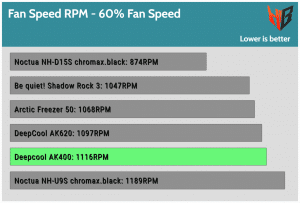
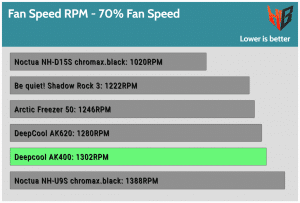
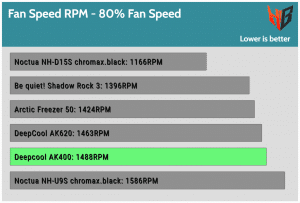
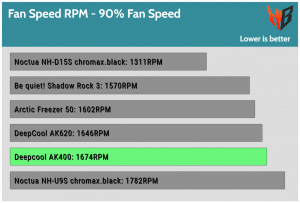

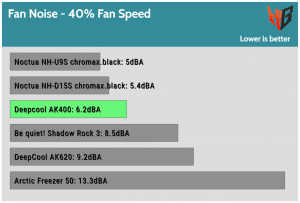

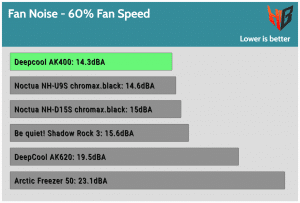
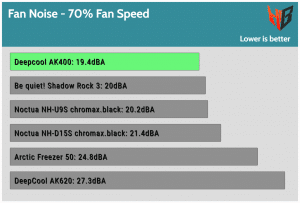
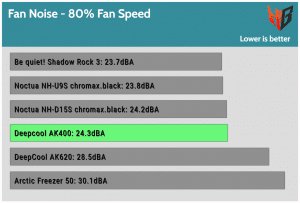
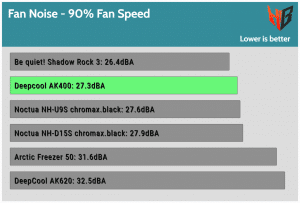
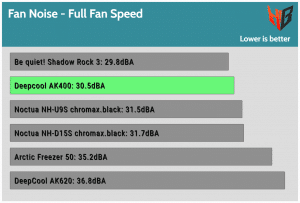
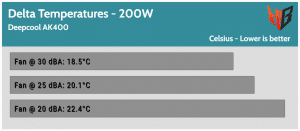


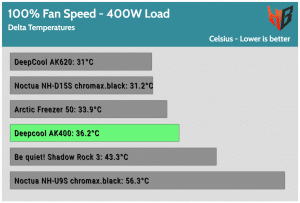


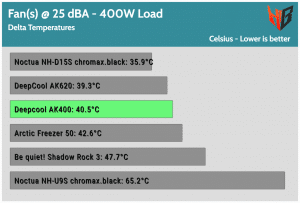
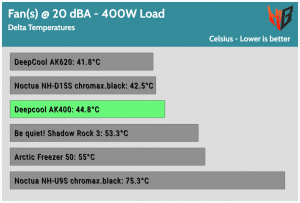
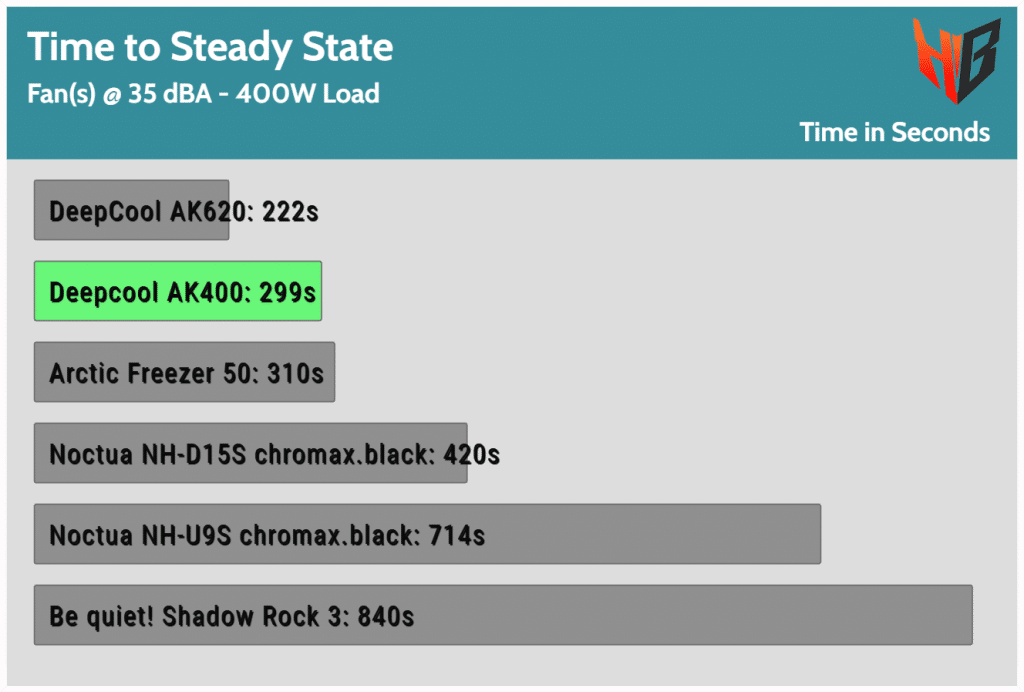

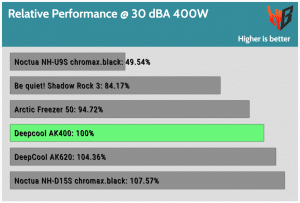
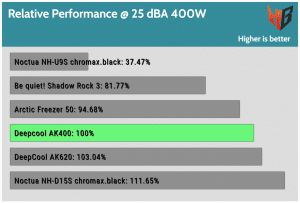
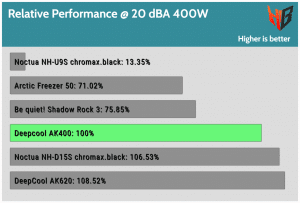
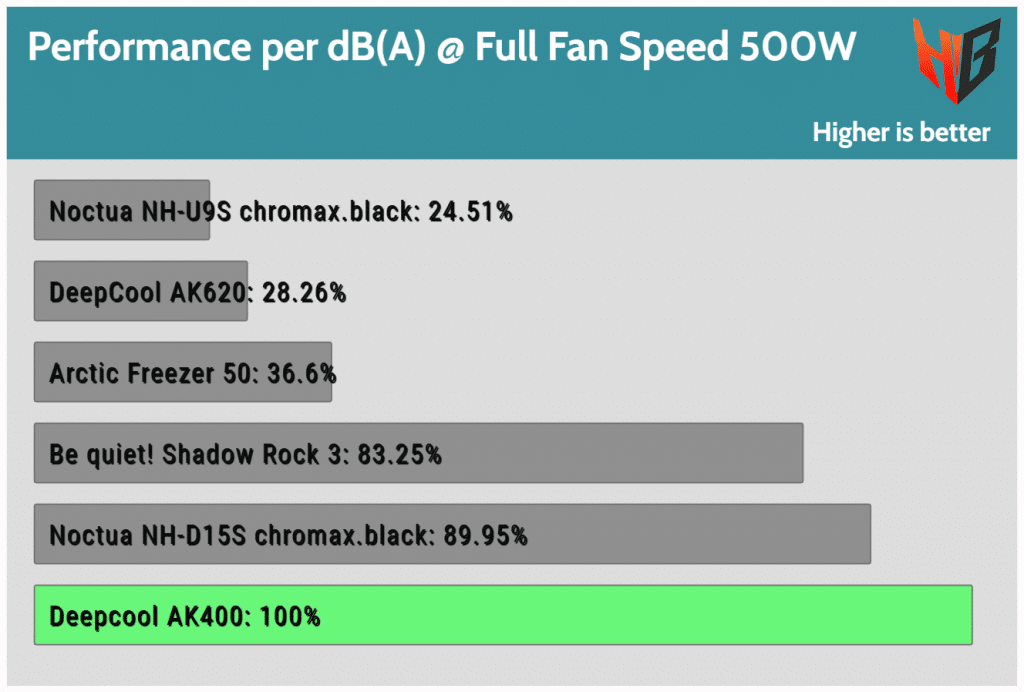
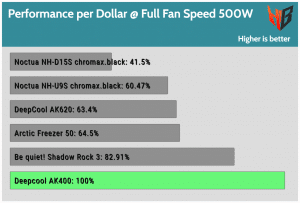

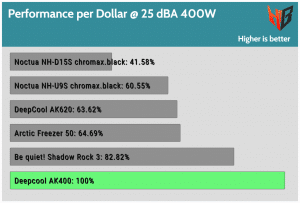
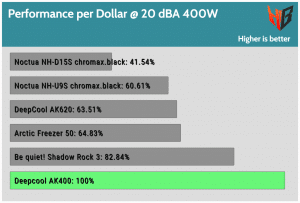
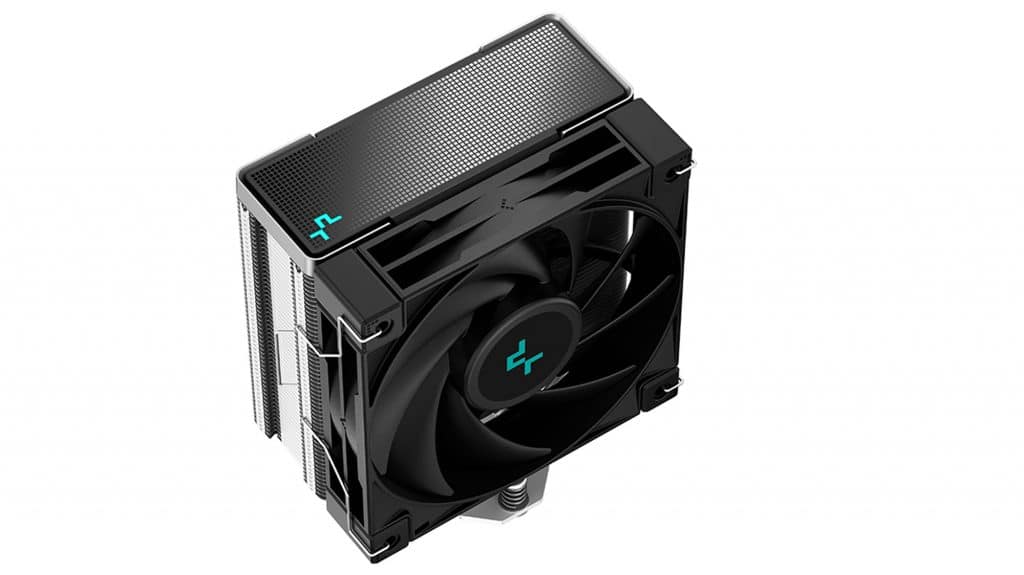
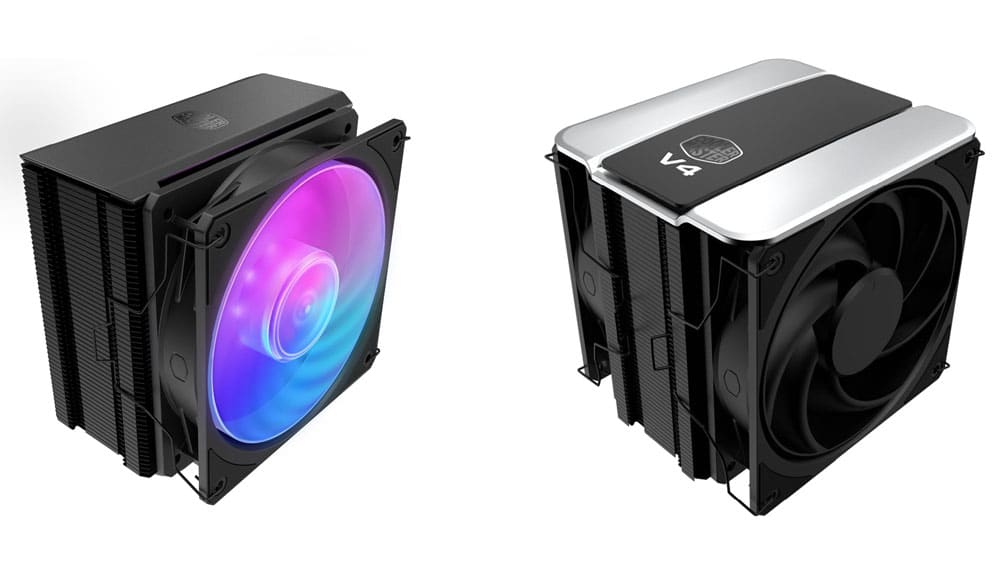

Thanks for the good review. All the best to you!
Thank you!